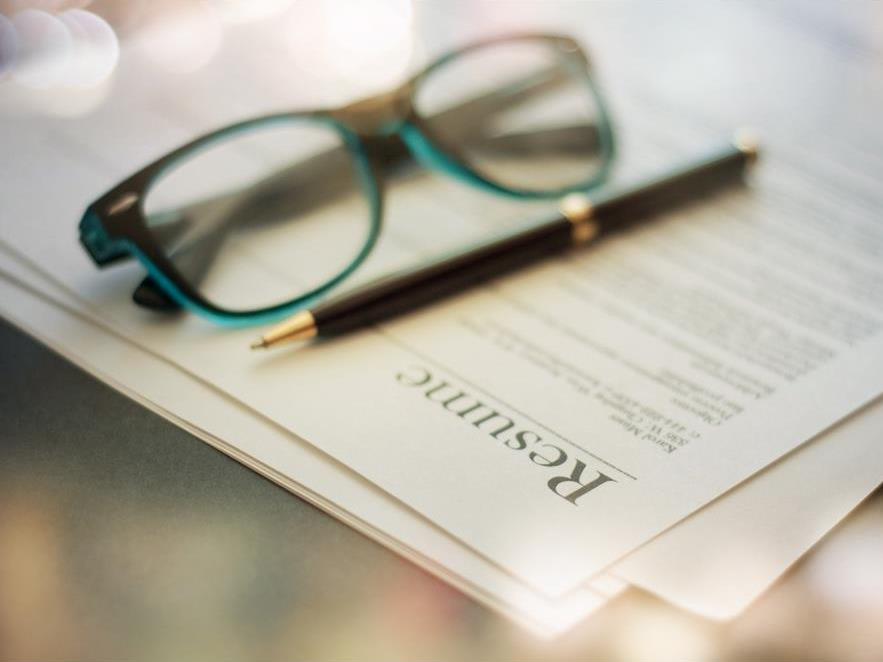Image: Shutterstock
There’s never been a more exciting time to lead Australia’s arts funding and advisory body! The Australia Council is now looking for its next CEO via executive recruiters Transearch. Here’s a list of questions to which applicants for this pivotal role should have answers:
- What’s your vision for First Nations arts and culture? Will you prioritise fostering new institutions, or transforming existing institutions? Will you advocate for Indigenous artistic leadership, or transform our understanding of what leadership can mean? With 2019 being the UNESCO Year of Indigenous Languages, what will the Australia Council do to infuse the Australian culture with our first languages?
- How will you inspire your staff to remain connected with current practice and emerging trends across all art forms – including the art forms we haven’t heard of yet? What other models for grant assessment and peer review are possible that balance the expense and the expertise of high-quality decision-making, while also ensuring that staff are able to spend more time across the country’s regions, towns and cities?
- People with and without disability are more and more aware of what it takes to make both arts experiences and arts careers accessible. And yet organisations can’t prioritise the costs they perceive as obstructions to making change. How will the Australia Council support that change?
- In the aftermath of the Brandis Raid, no Australia Council initiative has survived. Programs and organisations focusing on young, emerging and experimental practice have been gutted, and sector service organisations are floundering. At the same time, the collapse of the mainstream media has seen arts journalists sacked all over Australia, which means critical responses to art are rapidly leaving the public discussion. How do you understand the distinction between promoting artistic excellence and fostering the arts ecology? What should the role of the Australia Council be when it comes to sector development?
- With $2-3 billion in public and private money about to be spent on contemporary art galleries and museums in capital cities, the independent arts across all artforms will find it even more difficult to attract funds – especially given the situation outlined in Question 4. As gallery practice evolves and our understanding of contemporary art production deepens, how will you ensure that philanthropy is fostered in a way that actively supports artistic practice alongside spaces for the consumption of art?
- We’re still not seeing the reality of Australian cultural diversity reflected in the programming, staffing and leadership of our publicly funded arts organisations. How closely are you looking at the name-and-shame approaches we’re seeing in the UK and elsewhere?
- The latest Throsby report Making Art Work reveals concerning drops in artists’ incomes and respect for their intellectual property, while increasingly sophisticated risk management processes tend to shift the burden of those risks from institutions to artists. How will the Australia Council promote ethical sector practices, champion copyright, and ensure fair pay for artists at recognised industry standards?
- The Major Performing Arts Review and the National Opera Review are important opportunities to reset the balance of arts funding in Australia. How will your strategic focus share the artistic and sector development benefits of secure long-term funding across all art forms, rather than perpetuating historical agreements that say more about pre-Australia-Council Australia than 2018 Australia?
- Cases of gendered harassment are being addressed across the arts, but those to have emerged are just the tip of the iceberg, while the fear of coming forward remains strong and valid. Making Art Work also showed that the gender salary disparity is worse in the arts than in any other industry. It’s a disturbing correlation. What action will you take?
- Across the past few years, funding cuts and efficiency measures have repeatedly been applied to the Australia Council without warning or consultation. And yet the Australia Council’s own research shows that the arts are essential to the lives of 98% of Australians. How will your leadership best balance non-partisan diplomacy with artist and sector expectations that you be visible and vocal? How will you fight for levels of funding that are truly culturally ambitious? And how will your advocacy give the arts the public prominence that the majority of Australians expect?





